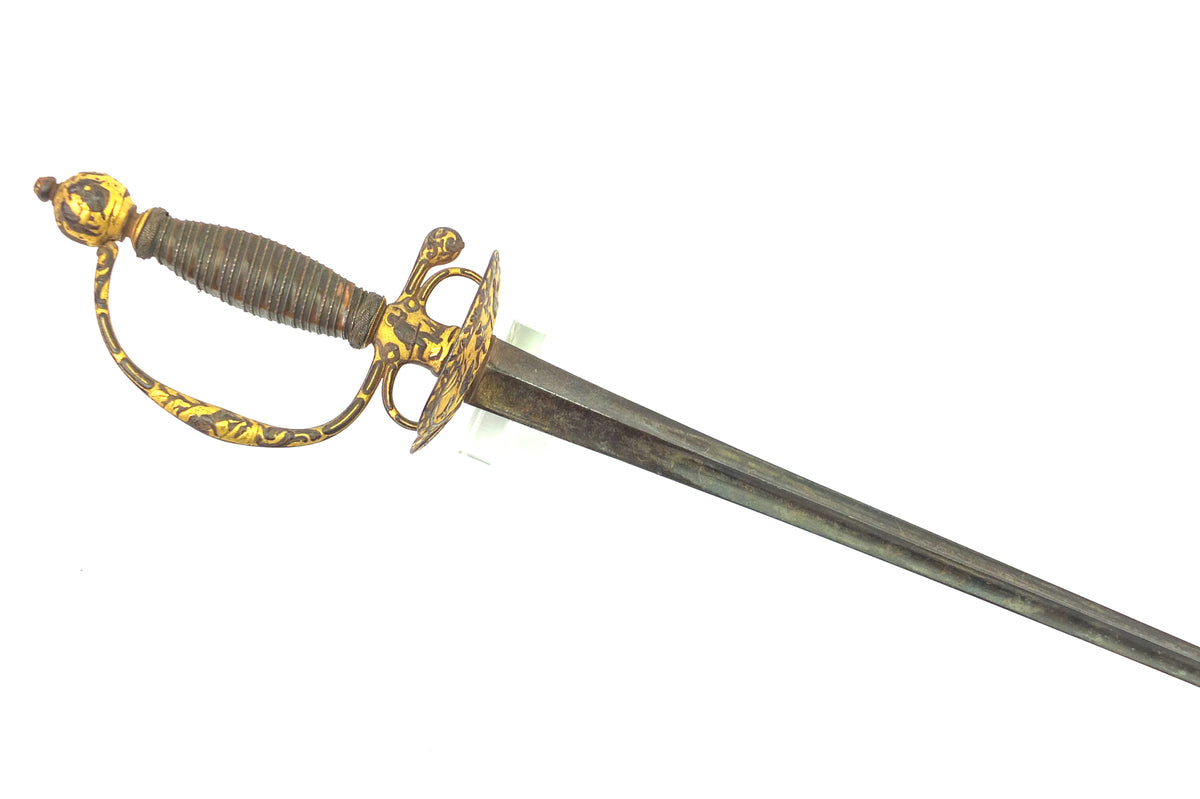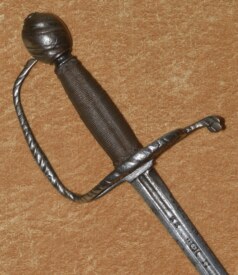For Sale
The following items are listed by for sale by users of the site and dealers. They are in no way endorsed or guaranteed by www.oldswords.com
Add a Classified ItemYou can also receive regular email notifcations when items match your keywords. To recieve them just register or logon at the top right of this page.
- Nation : British
- Local Price : £1,795.00
- Nation : British
- Local Price : £1,785.00
- Nation : French
- Local Price : £1,750.00
- Nation : British
- Local Price : £1,750.00
- Nation : Chinese
- Local Price : £1750
- Nation : British
- Local Price : £1750
- Nation : British
- Local Price : £1,745.00
- Nation : British
- Local Price : £1700
- Nation : German
- Local Price : $1695.00
- Nation : French
- Local Price : £1,650.00
- Nation : Japanese
- Local Price : £1,650.00
- Nation : British
- Local Price : £1,595.00
- Nation : French
- Local Price : £1,595.00
- Nation : British
- Local Price : £1,595.00
- Nation : British
- Local Price : £1,595.00
- Nation : British
- Local Price : £1550
- Nation : Japanese
- Local Price : £1,545.00
- Nation : American
- Local Price : 2,100.00 USD
- Nation : British
- Local Price : £1,500.00
- Nation : British
- Local Price : £1,495.00
- Nation : British
- Local Price : £1495
- Nation : Japanese
- Local Price : £1,495.00
- Nation : British
- Local Price : £1,495.00
- Nation : British
- Local Price : £1,495.00
- Nation : French
- Local Price : £1,495.00
- Nation : Chinese
- Local Price : £1495
- Nation : ?
- Local Price : $1495.00







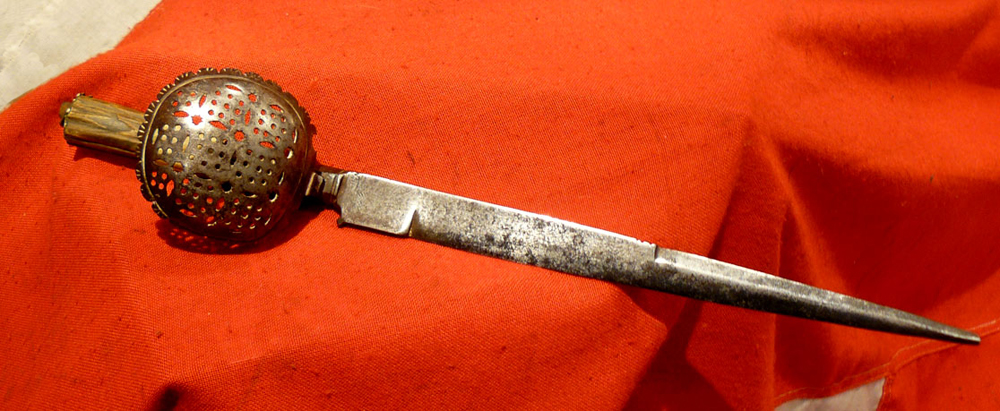
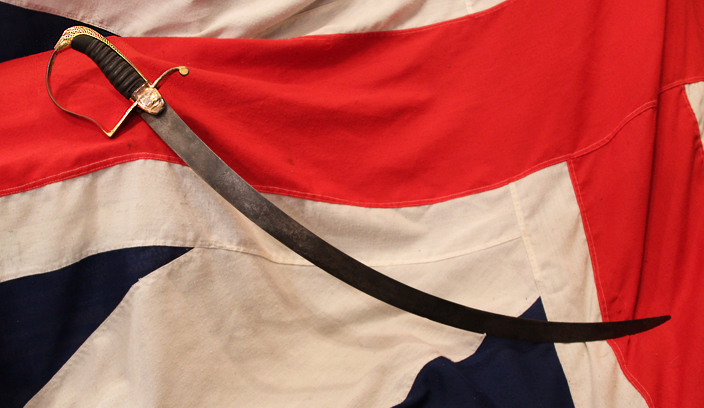


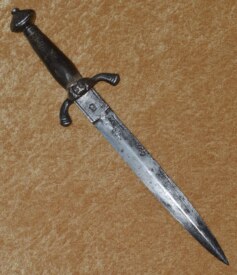

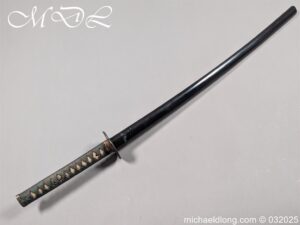




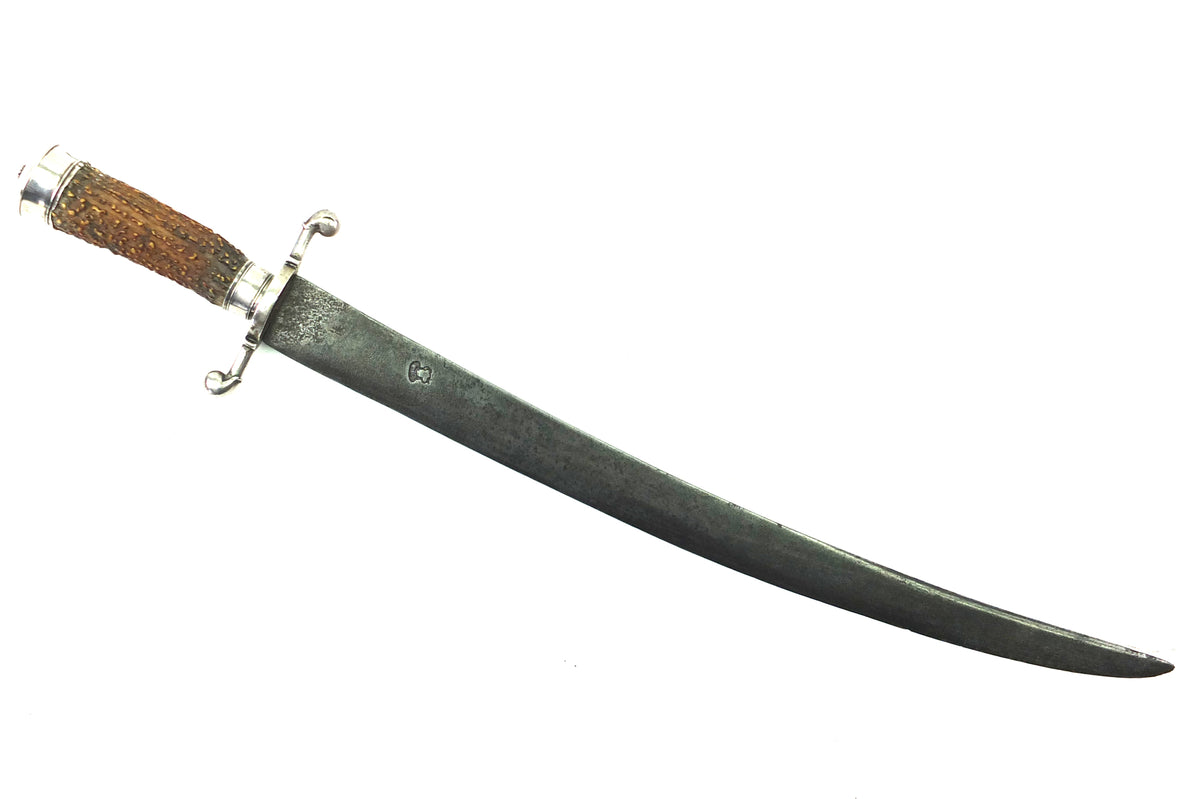
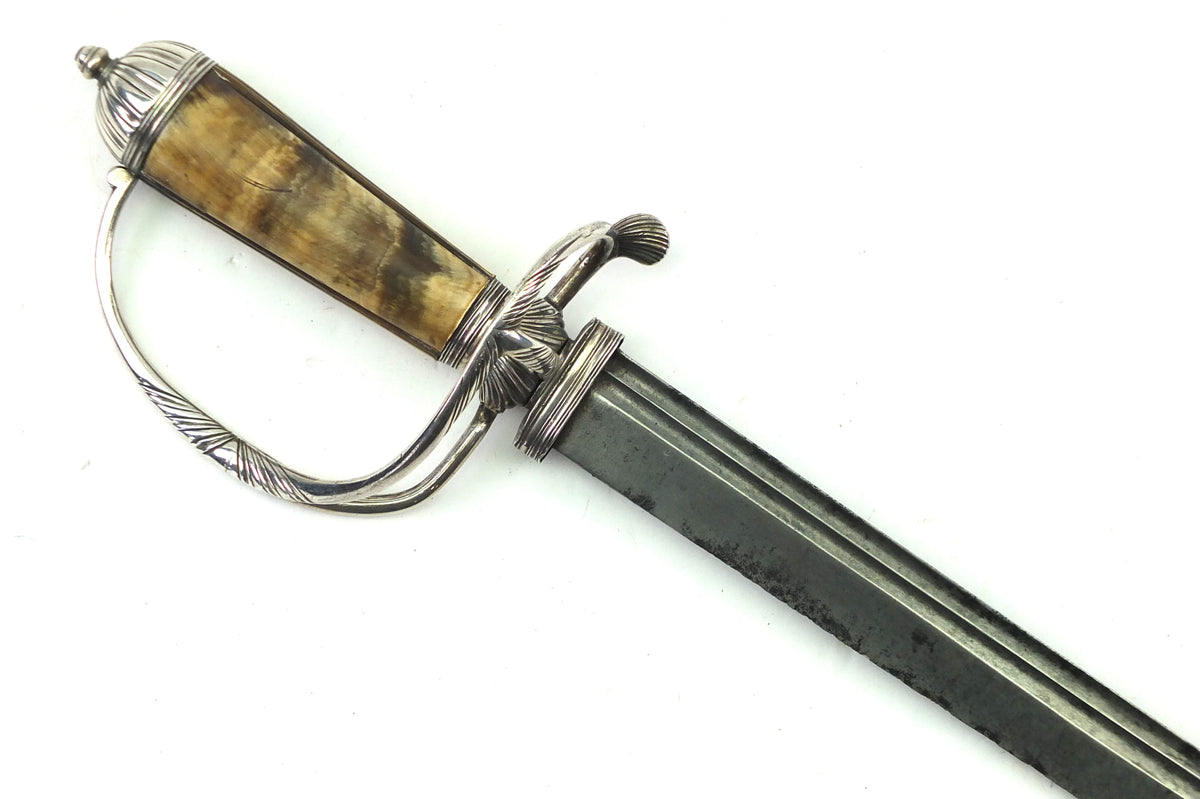
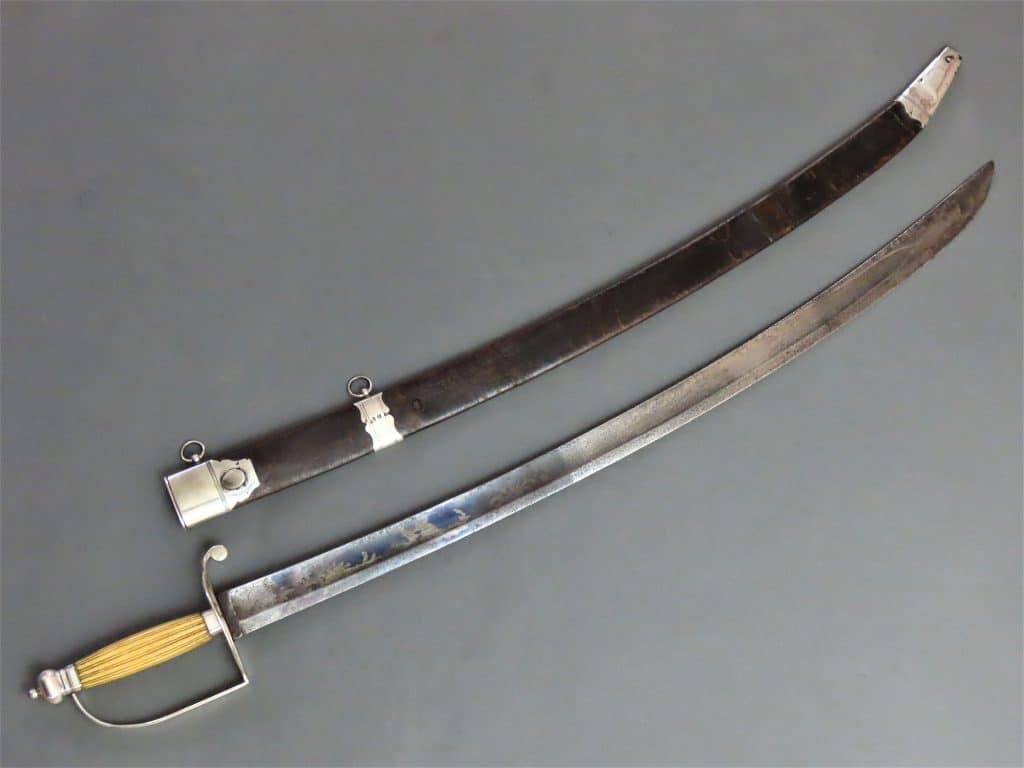
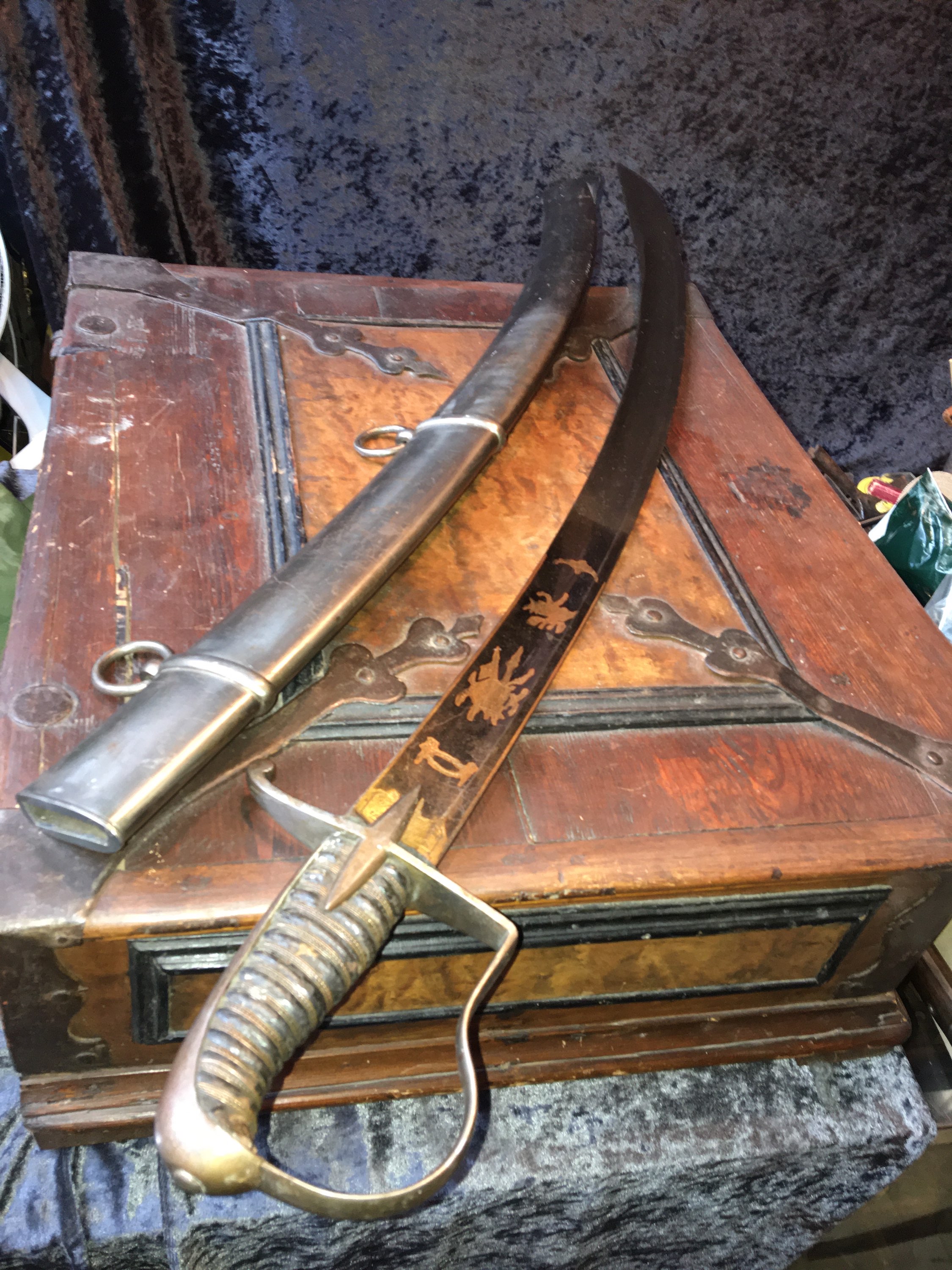
.jpg)







